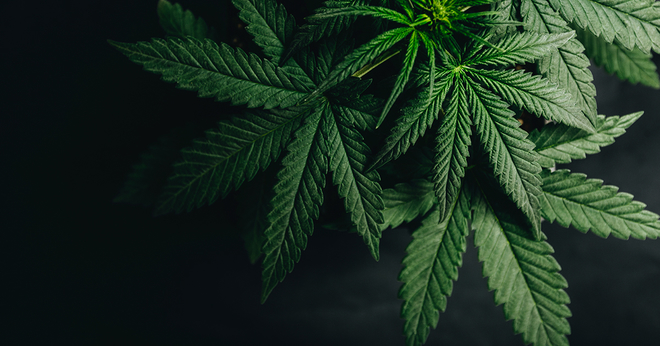Where we stand: Youth marijuana use
The increasing movement by states to legalize the recreational use of marijuana for adults highlights the importance of setting standards for the regulation of youth marijuana use. It is Truth Initiative’s position that recreational marijuana use is not appropriate for individuals under the age of 21.
Truth Initiative’s position reflects concerns raised by strong patterns of concurrent use of marijuana and tobacco – and our view that tobacco products should not be sold to persons under the age of 21. In addition, youth are increasingly using tobacco products as vehicles for marijuana use through, most commonly, “blunting”. A “blunt” is a cigar from which most or all of the tobacco is removed and replaced with marijuana. Others are combining marijuana with tobacco in cigarettes. Across all age groups, research shows that concurrent use of marijuana and tobacco places individuals at greater risk for respiratory, psychological, and substance dependence problems.
Our position also reflects concerns that marijuana use is not appropriate for individuals under the age of 21, given the potential impact of marijuana (or the recreational use of any other drug, including alcohol) on adolescent brain development. Moreover, regular or daily marijuana use in young people has been correlated with negative health and social outcomes, including mental health problems and poor school performance.
RECOMMENDATIONS
Truth Initiative supports the following policies and practices to protect youth, based in large part on experience from the area of tobacco control:
- Any marijuana legalization policy should strictly control youth access. At a minimum, the legal age for purchase of marijuana products should be 21; all purchasers should be required to show a state- or government-issued ID; purchases should be limited to face-to-face sales and products required to be placed behind a counter. Internet, vending machine and phone sales should be prohibited.
- Youth-targeted advertising and promotion of marijuana products should be prohibited. This includes marijuana brand sponsorships of concerts, sports and other events, and marijuana product branding on consumer products.
- Clean air laws should be extended to cover marijuana. Bystanders, especially children, should not be exposed to marijuana smoke.
- The entertainment and media industries – and individual celebrities – should not misuse their influence with youth by glamorizing, normalizing, or otherwise encouraging youth marijuana use.
- To the extent possible, reliable indicators of marijuana dosage/strength should be placed on all marijuana products.
- In order to protect the health and safety of young children, packaging for all marijuana products should be child resistant and include easy-to-understand warning labels so that parents and other adults comprehend the dangers posed to children. Edible forms of marijuana should be packaged in single-dose blister packs or similar form.
- We encourage additional research to understand better the biological, substance use, mental health, and occupational/educational consequences of marijuana use across different groups of users (e.g., recreational vs. heavy users, youth vs. adults, etc.).
To see the references that support our position, please download the PDF version of this Where We Stand.
More in substance use
Want support quitting? Join EX Program
By clicking JOIN, you agree to the Terms, Text Message Terms and Privacy Policy.
Msg&Data rates may apply; msgs are automated.



